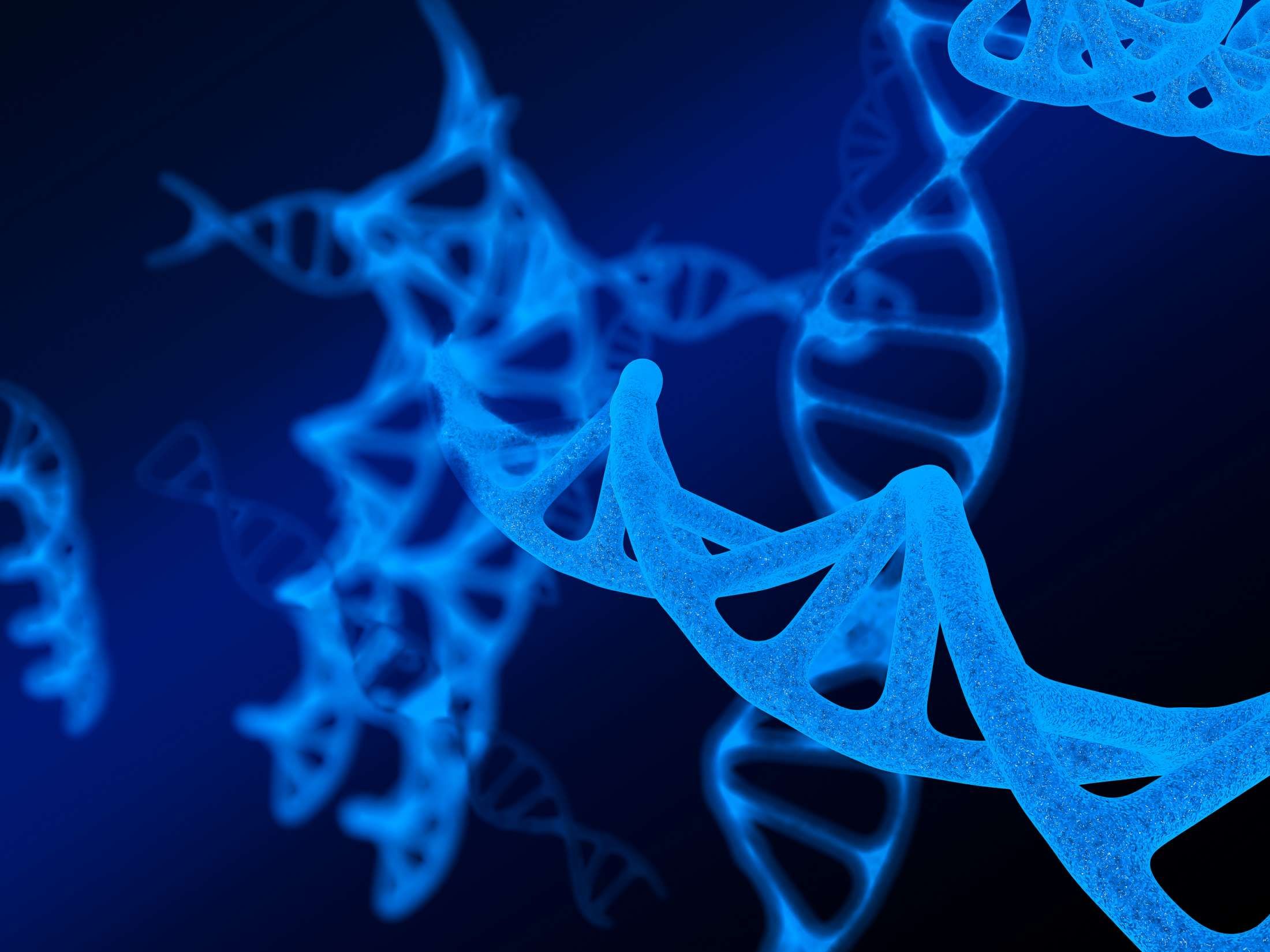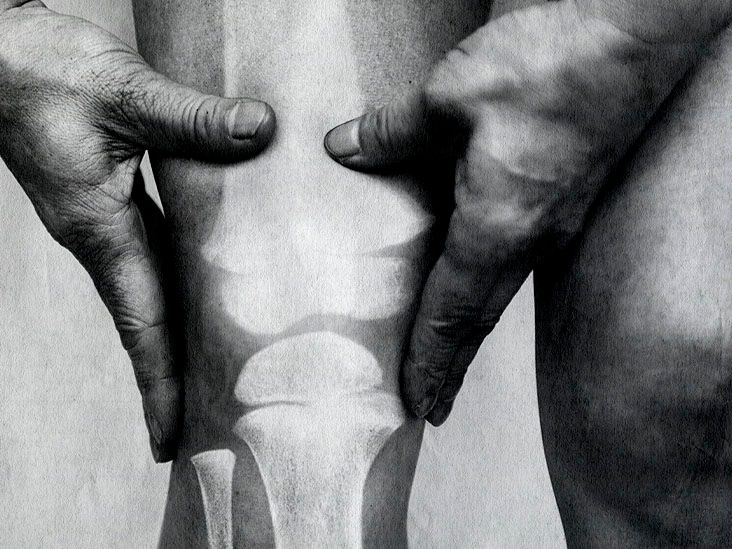Hypothyroidism is when the thyroid gland does not make enough thyroid hormone. Hypoparathyroidism is comparatively rare, where the parathyroid glands behind the thyroid do not produce enough parathyroid hormone.
Both hypothyroidism and hypoparathyroidism are disorders of the endocrine system, which produces and secretes hormones.
However, these conditions involve different glands and hormones and have different symptoms and treatments.
This article outlines the similarities and differences between hypothyroidism and hypoparathyroidism and explains how doctors diagnose and treat these conditions.

As the Endocrine Society explains, the thyroid and parathyroid glands are all part of the endocrine system — the network of glands that produce and secrete hormones. These hormones regulate a range of metabolic processes throughout the body.
Just as hypothyroidism involves the underactivity of the thyroid gland, hypoparathyroidism involves the underactivity of the parathyroid glands.
In both conditions, the glands do not produce enough hormones to meet the body’s needs.
The thyroid gland and parathyroid glands produce different hormones, which serve different functions. As such, hypothyroidism and hypoparathyroidism can cause different symptoms and complications.
The thyroid gland is a butterfly-shaped gland in the lower front of the neck, which secretes the thyroid hormones triiodothyronine (T3) and thyroxine (T4).
These hormones play a vital role in regulating the following:
- body weight
- energy levels
- internal temperature
- metabolism
- skin, hair, and nail growth
The parathyroid glands are a set of four glands that sit just behind the thyroid. These glands secrete parathyroid hormone (PTH), which plays a vital role in regulating blood calcium levels.
The table below highlights the key similarities and differences between hypothyroidism and hypoparathyroidism.
| Hypothyroidism | Hypoparathyroidism | |
|---|---|---|
| Gland(s) affected | thyroid gland | parathyroid glands |
| Hormone(s) affected | triiodothyronine (T3) and thyroxine (T4) | parathyroid hormone (PTH) |
| Main effects | slowed body functions | • low blood calcium levels • high blood phosphorus levels • excess calcium in the urine • low or undetectable levels of PTH in the blood |
| Symptoms | • fatigue • weight gain • difficulty tolerating cold • depression | • numbness or tingling sensations • muscle cramps and spasms • generalized weakness • fatigue |
| Diagnostic tests | blood tests | blood and urine tests |
| Treatment options | levothyroxine medication | • calcium and activated vitamin D supplements • recombinant human parathyroid hormone (1-84) medication • thiazine diuretics • dietary changes |
The following section outlines symptoms of hypothyroidism and hypoparathyroidism.
Hypothyroidism symptoms
As the American Thyroid Association explains, people with hypothyroidism do not have enough circulating thyroid hormone for their body’s cells to function effectively. This causes body processes to slow down.
According to the
- fatigue
- slowed heart rate
- weight gain
- difficulty tolerating cold
- joint and muscle pain
- dry skin and hair
- depression
- heavy or irregular menstrual periods
Hypoparathyroidism symptoms
Symptoms of hypoparathyroidism occur as a result of low calcium levels in the blood. They can range from mild to severe and may include the following:
- numbness or tingling in the fingers or toes, or around the lips
- severe muscle cramps and spasms
- seizures and a loss of consciousness, though these symptoms are rare
Other potential symptoms include:
- fatigue
- generalized weakness
- muscle aches
- headaches
- dry, coarse skin
- brittle nails
- patchy hair loss
- dental problems
- anxiety, nervousness, or irritability
- depression
- mood swings
- forgetfulness
When diagnosing thyroid and parathyroid conditions, doctors will take a full medical and family history, during which they may ask questions about the following:
- whether the person has ever had thyroid surgery or radiation to the neck to treat cancer
- whether the person is taking any medications that can cause these conditions, such as:
- amiodarone
- lithium
- interferon alpha
- interleukin-2
- whether anyone else in the family has thyroid or parathyroid disease
Doctors will then run tests to check for hypothyroidism or hypoparathyroidism.
Blood tests for hypothyroidism
The following blood tests allow doctors to check thyroid function:
- TSH (thyroid-stimulating hormone) test: This test measures how much TSH the body is producing. The pituitary gland produces TSH in response to how much T4 the thyroid gland is making. In hypothyroidism, the pituitary produces TSH to stimulate the thyroid gland to make more thyroid hormone as there is a lack of T4 being produced.
- T4 tests: These measure how much T4 can get into the body’s cells. Around 98% to 99% of T4 in the blood is attached or “bound” to a protein called thyroxine-binding globulin (TBG), while the other 1% to 2% of T4 is unattached or “free.” Only the free T4 can get into the body’s cells.
Blood and urine tests for hypoparathyroidism
Hypoparathyroidism can affect levels of certain minerals in the blood, causing them to fall outside of their usual range. As such, doctors will run blood tests to assess levels of the following:
- calcium, which may be low
- phosphorus, which may be high
- magnesium, which may be low or high
A urine test can also show whether a person is excreting too much calcium, which can be another a sign of hypoparathyroidism.
Below are the different treatment approaches for hypothyroidism and hypoparathyroidism.
Hypothyroidism treatment
Therapy for hypothyroidism
This involves taking a synthetic hormone called levothyroxine, which is identical to the one the thyroid makes naturally.
Doctors will begin administering blood tests around
Hypoparathyroidism treatment
The treatment for hypoparathyroidism aims to increase calcium levels and alleviate symptoms.
This typically involves taking calcium supplements along with activated vitamin D to promote calcium absorption. Individuals with severe symptoms may require intravenous (IV) calcium therapy.
Hypoparathyroidism can sometimes occur as a result of too little or too much magnesium in the blood. In such cases, people may need medications to manage their magnesium levels.
Other potential treatment options include:
- Recombinant human parathyroid hormone (1-84) or “rhPTH (1-84)”: A medication that doctors may reserve for individuals with chronic hypoparathyroidism that does not respond to calcium and vitamin D supplementation.
- Thiazine diuretics: Medications that help to reduce excessive calcium excretion in the urine.
- Dietary changes: Doctors may encourage individuals to eat more calcium-rich foods while avoiding foods high in phosphorous.
Below are some answers to common questions about hypothyroidism and hypoparathyroidism.
What are the 4 clinical manifestations of hypoparathyroidism?
According to a 2021 review, the
- hypocalcemia (a deficiency of calcium in the blood)
- hypercalciuria (excess calcium in the urine)
- hyperphosphatemia (excess phosphate in the blood)
- low or undetectable PTH levels
Can hypothyroidism cause parathyroid disorders?
According to a
This usually occurs when genes that control the thyroid and parathyroid glands malfunction during embryonic development.
Why is calcium low in hypoparathyroidism?
As a
The PTH then causes the kidneys to release an active form of vitamin D called calcitriol.
Together, the PTH and calcitriol regulate calcium and phosphate levels. As calcium levels increase, the parathyroid glands receive signals to stop producing PTH.
In hypoparathyroidism, the parathyroid glands do not produce enough PTH, so calcium levels remain low.
Why is hypoparathyroidism bad?
Untreated hypoparathyroidism can cause hypocalcemia and hyperphosphatemia.
Hypocalcemia is a
- anxiety and depression
- involuntary muscle spasms or seizures
- QTc prolongation, in which the heart muscle takes longer to contract and relax
Hyperphosphatemia
Atherosclerosis may lead to a heart condition called left ventricular hypertrophy, in which the heart’s left ventricle becomes enlarged. This, in turn, may result in high blood pressure and impaired heart function.
Hypothyroidism and hypoparathyroidism are endocrine conditions involving an underproduction of the hormones the body needs to function properly.
Hypothyroidism occurs when the thyroid gland does not make enough thyroid hormone. In hypoparathyroidism, the parathyroid glands do not make enough parathyroid hormone (PTH), resulting in low blood calcium and high phosphorus.
Blood tests can help diagnose both conditions. The standard treatment for hypothyroidism is levothyroxine — a synthetic hormone that simulates thyroxine (T4).
The usual treatment for hypoparathyroidism is calcium and activated vitamin D supplementation, which aim to restore blood calcium and phosphorous levels.
Without treatment, hypothyroidism and hypoparathyroidism can cause complications, some of which may be severe and even life threatening. As such, anyone who experiences symptoms of either condition should contact a doctor for a diagnosis and appropriate treatment.



